The short answer from an emergency medicine physician
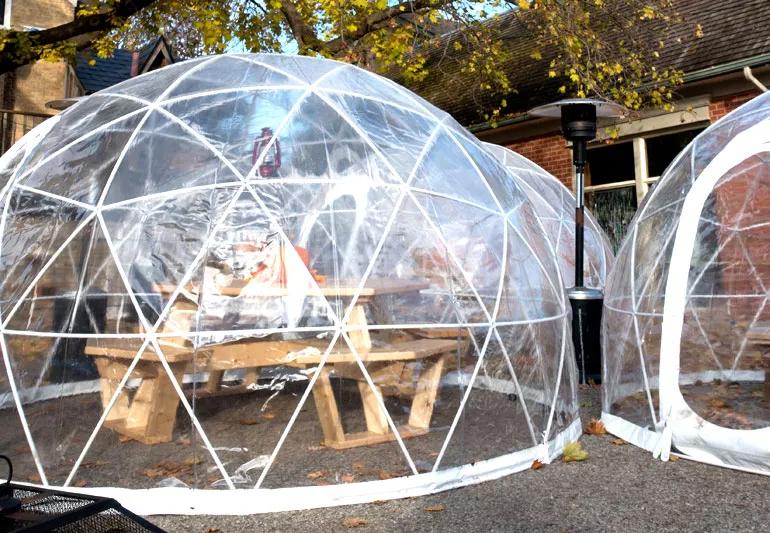
A: In the realm of physically spacing out groups of people, sure, these popup bubbles do a good job of spreading people out. But in terms of ventilation and airflow, eating in these outdoor structures is similar to eating indoors (though it does reduce exposures to others “outside your bubble” in contrast to inside).
Advertisement
Cleveland Clinic is a non-profit academic medical center. Advertising on our site helps support our mission. We do not endorse non-Cleveland Clinic products or services. Policy
One study found that eating at restaurants (specifically indoors) was tied to COVID-19 spread. So if you’re dining with people outside of your household in these bubbles, the risk of spreading coronavirus is higher. If you choose to eat indoors at a restaurant, it’s best to keep a distance from other diners.
If you do utilize these dining bubbles, make sure the air is circulated and that a thorough cleaning and sanitization process occurs between patrons.
Talking loudly, singing and eating all pose an increased risk of spreading the virus – especially when you’re in an enclosed area.
Still want to eat outside when it gets cold? Dress in layers, bring blankets and make sure the restaurant has some sort of space heater or heat lamp. Or, your safest best is to stick with carry-out.
– Emergency medicine physician Baruch Fertel, MD.
Advertisement
Learn more about our editorial process.
Advertisement
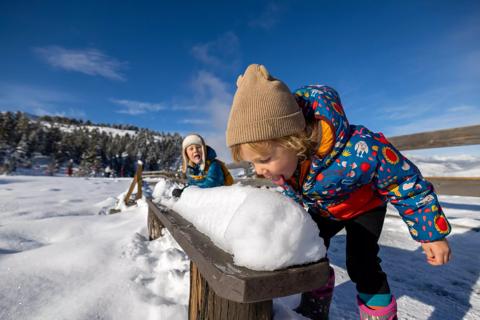
If the flakes are undisturbed, pristine white and come from the top layer, it’s typically safe to indulge in a scoop

Bottom line? Dress warm, be careful and plan ahead to get the most out of the season

Sneak in exercise when you can, pack your own lunch and make time for mental health
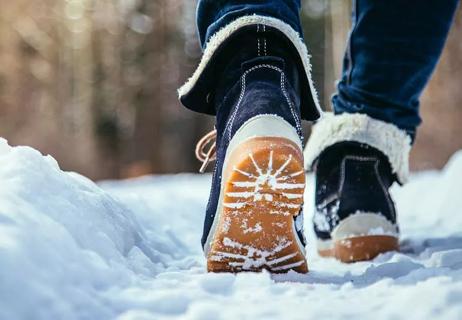
Taking slow, short steps and wearing proper footwear can go a long way in preventing falls

With planning and precautions, you may be able to keep winter health issues at bay
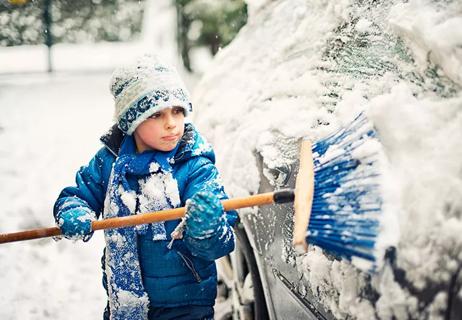
Some heat escapes if you don’t wear a hat, but it’s not as much as you might think

How to keep kids warm, healthy and safe
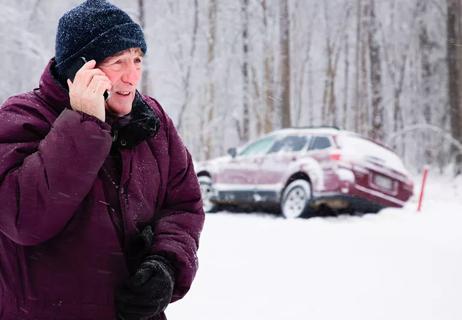
Here's what you need to round up for your trunk

Type 2 diabetes isn’t inevitable with these dietary changes

Applying a hot or cold compress can help with pain